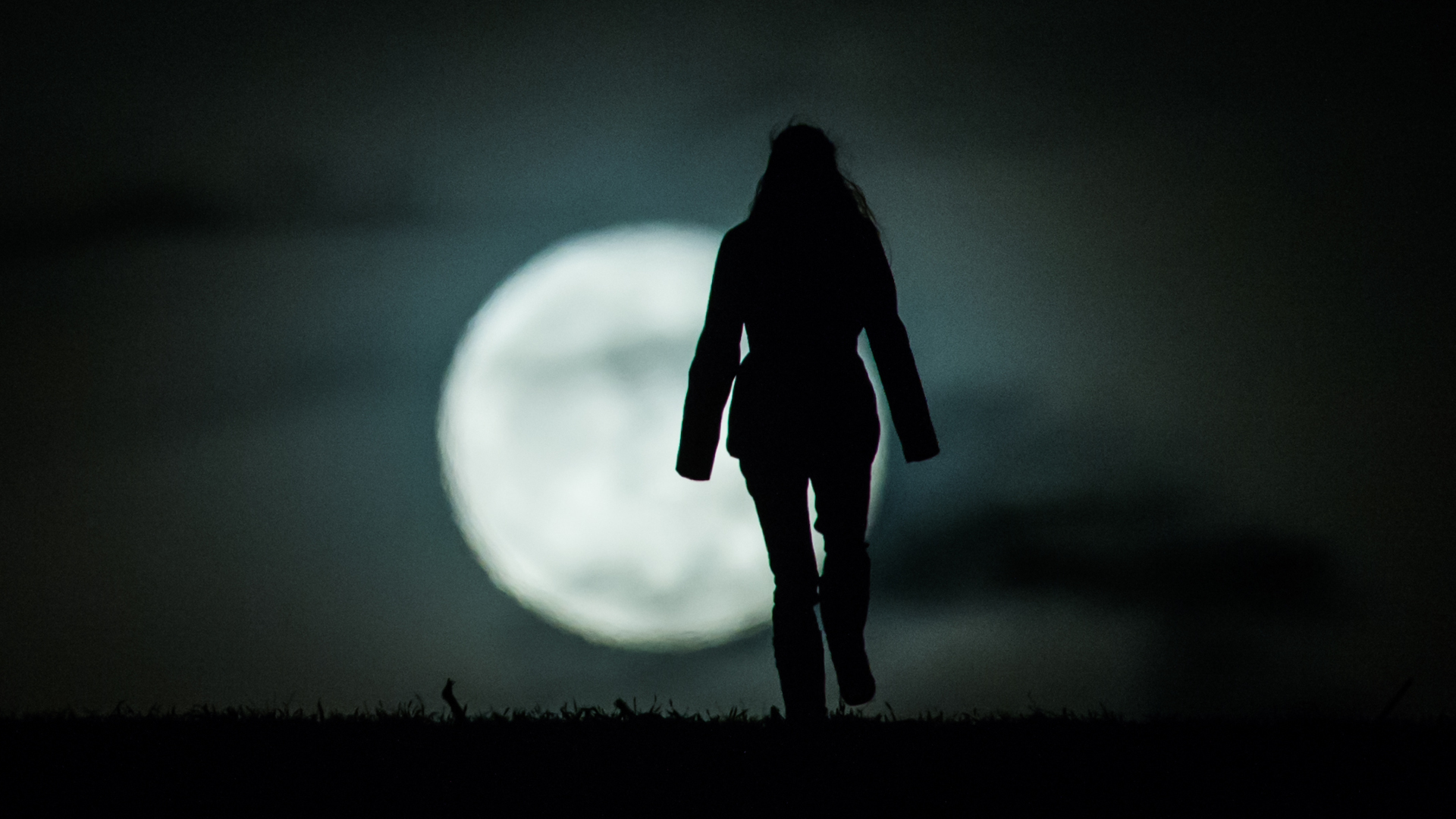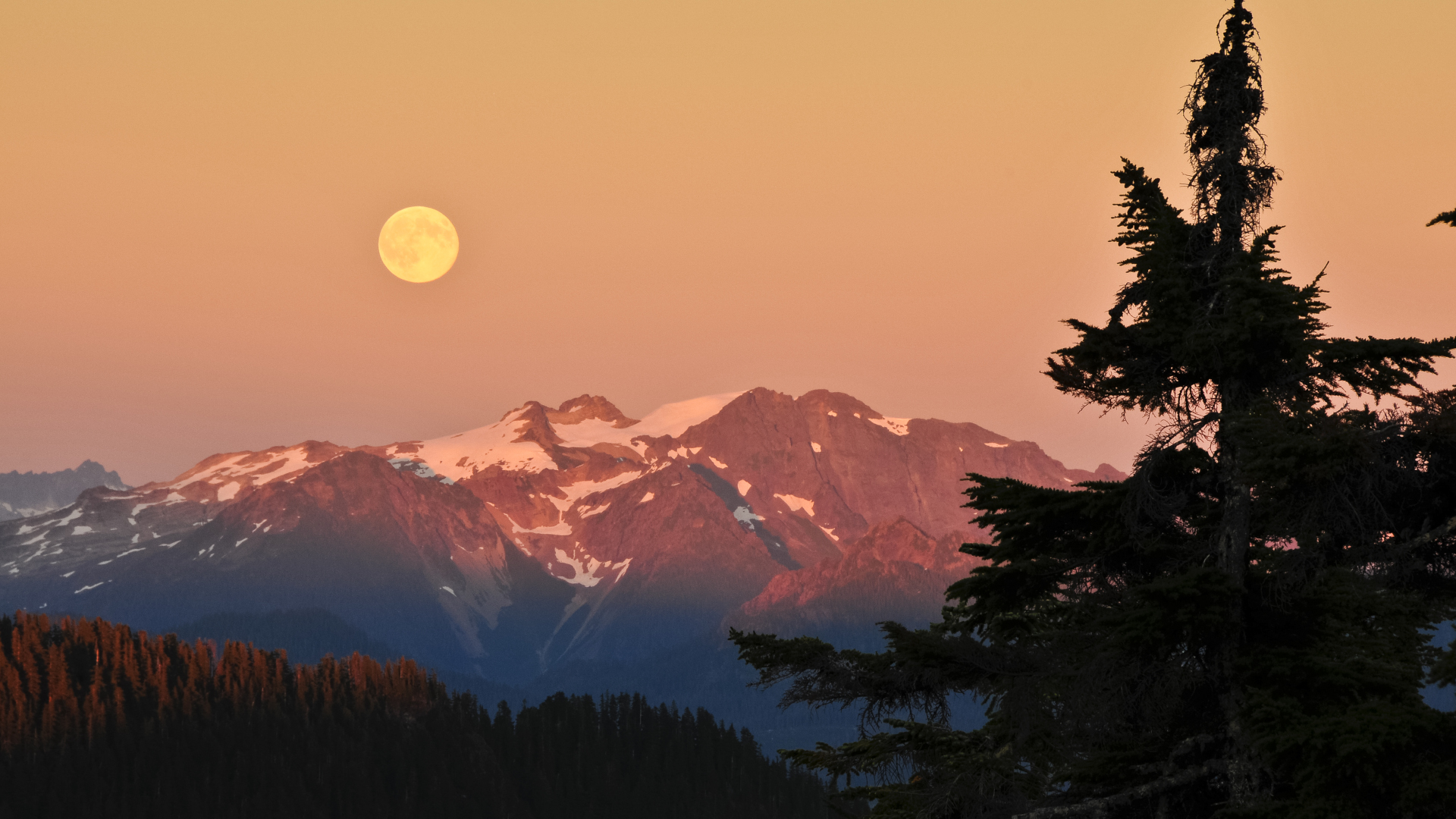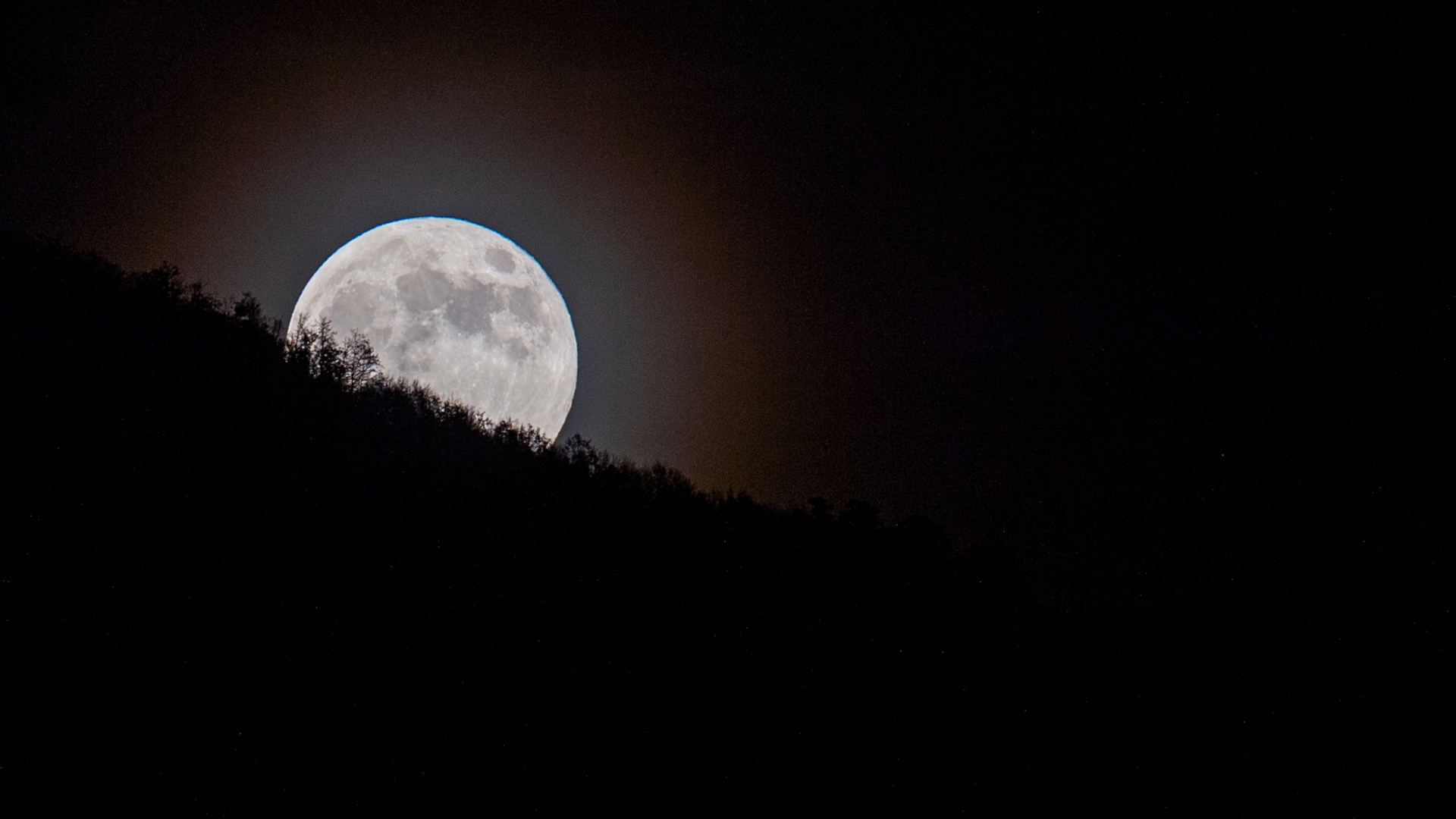Full moon hiking: why hiking at night should be your next adventure
We explain why you should give full moon hiking a go and offer tips to help you enjoy a meditative walk in the moonlight safely

Here at Advnture, we can’t count the number of times we’ve written about the importance of getting back to the trailhead before dusk and hiking with your best headlamp in case of emergencies, but there is one exception to this rule – full moon hiking.
Full moon hiking has gained popularity in recent years with those looking for a different and perhaps more magical experience from time spent in their hiking boots. Whereas hiking during the day often means hot, crowded trails, hiking under the full moon provides a quiet experience where you get nature all to yourself. In ancient cultures, the moon has always held special symbolism representing feminine energy, meditative states and immortality. For this reason, full moon hiking is often paired with spiritual practices like yoga and meditation.
For you, it might just be a special way of communing with nature. Regardless of its significance, many people find the effect of hiking in the moonlight creates a more focused and contemplative experience since you have to be extra attentive to where you place your feet.

There are 13 full moons each year, occurring every 28 days, and you can hike on the full moon itself or during the couple of days on either side. You can go full moon hiking at any time of year, however it’s become especially popular during winter months at snowy locations, when the nights are long and dark and the snow reflects and amplifies the light from the moon. (The moon is also one of our wonders of the northern hemisphere night sky.)
Naturally though, we will stand by all previous statements about the dangers of hiking at night, so read on for our tips to help you enjoy full moon hiking.
1. Don’t hike alone
For safety reasons, we don’t recommend setting off alone on a full moon hike. The best option is to go with a professional guide, or an experienced group, and to go to an established trail (or even a ski run that’s not being groomed at night). Make sure it’s a trail that you – or they – are very familiar with to reduce your chances of getting lost. Lots of National Parks and State Parks now offer seasonal or annual full moon hikes, so it’s worth checking to see what’s scheduled around you.
2. Know wildlife safety
You’ll need to be aware of wildlife safety for the area that you’re hiking in, since some animals like mountain lions, wolves and wild boar are mostly active at night. Of course, you may not need to worry about these critters depending on where you are.
Advnture Newsletter
All the latest inspiration, tips and guides to help you plan your next Advnture!
3. Check the weather
You’ll also obviously want to check the hourly weather forecast before you set off. Not only would a midnight hike in the rain or snow be miserable, but you wouldn’t actually benefit from the light of the moon. Make sure it’s going to be a clear or only slightly cloudy night in the area you’ll be hiking, and make sure the overnight temperatures are not going to be too far below freezing.

4. Know the moon cycles
You don’t have to be an astrologer to go full moon hiking, but you need to know how to find out what date the moon will be full. We recommend going to the website Space.com to see when the next full moon will occur – the next is Saturday, 18 December – and if it’s important to you to be outside on the exact moment of the full moon, you can check the time as well.
5. Dress for the cold
No matter whether you’re full moon hiking in summer or winter, it’s going to be colder than day hiking. Read our article on what to wear for winter hiking and make sure you’re layered up and protected against the cold.
6. Bring supplemental light
Obviously, in a perfect world, the entire path is illuminated by the moon for your hike and there’s no need for a flashlight, but the last thing you want is for the moon to disappear behind unforecast clouds and for you to be plunged into the dark. Bring a headlamp just in case things don’t work out the way you’d planned.
Julia Clarke is a staff writer for Advnture.com and the author of the book Restorative Yoga for Beginners. She loves to explore mountains on foot, bike, skis and belay and then recover on the the yoga mat. Julia graduated with a degree in journalism in 2004 and spent eight years working as a radio presenter in Kansas City, Vermont, Boston and New York City before discovering the joys of the Rocky Mountains. She then detoured west to Colorado and enjoyed 11 years teaching yoga in Vail before returning to her hometown of Glasgow, Scotland in 2020 to focus on family and writing.

